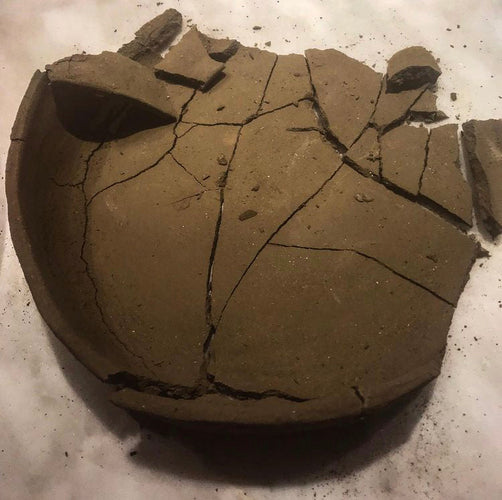
What Did Yarmagül Do Wrong?
“Ruthlessness is not ‘cruelty,’” says the great teacher Don Juan Matus.
“Ruthlessness is having clarity.”
Clarity is an art of survival: the ability to act according to the situation, to determine priorities and importance with precision. Clarity requires the courage to be sharp and decisive when necessary in order to align with truth. It has no room for emotional outbursts, misplaced pity, or self-pity. In clarity, there is one guiding principle: to carry out the intended action in harmony with life’s flow, no matter the cost. If breaking or being broken is part of the journey, rest assured—the essence remains intact, and the form becomes flawless.
Anyone who works with clay understands this deeply. Clay is uncompromising. Miss a step or mistime your actions, and it will let you know immediately: it will lose its elasticity, slide off the wheel, collapse, dry too quickly, or crack… And if you force it, it will resist. Some clay simply won’t mold to a form or spin on a wheel. Push too hard, and it will say “no.” And when it does, there’s no turning back.
The truth is, it’s we who are stubborn. The clay is only being honest. It’s we who force, who refuse to accept the reality of the situation. Isn’t life much the same? We reject the truth, cling to our own narratives, and insist on reshaping reality to fit our desires. We approach everything with wild emotion, blind to what’s truly unfolding.
And this is why we struggle to act with clarity. We go against our own essence, lying to ourselves and trying to manipulate situations into the shape we think they should take. At the heart of it all, it’s egocentric behavior.
Those who work with clay know the importance of asking questions. They know that putting themselves at the center of the process will lead to shattered efforts. How many times have their pieces collapsed or cracked? And yet, they don’t fall apart with them. Instead, they ask questions.
They ask to ensure the mistake isn’t repeated.
They ask so their labor isn’t wasted.
They ask to keep moving forward.
They ask to maintain clarity.
Sometimes, it’s you who must break the piece. You break it because you’ve realized it’s not aligned with its essence. You break it so you can learn from the mistake. You break it so you can create it anew. You break it to achieve perfection. Sometimes, for your own growth and for the good of others, you must break. That’s what clarity demands.
For this, all you need is courage, self-confidence, and honesty.
In the end, Yarmagül did nothing wrong. Never did. If we start looking for blame, we stop asking questions, and without questions, we only run from ourselves until we disappear entirely. We failed to see the essence and forced the clay. It spoke to us, and we didn’t listen. We pushed it to fit a mold, but it refused. This clay—just like a person—would not conform to the shape we wanted. It didn’t like the mold. We ignored that. In the end, Yarmagül cracked.
So, we accepted our mistake, asked our questions, and now we’re rolling up our sleeves to shape it anew, this time honoring its essence.
This is the path: we walk it, and then we walk it again.
